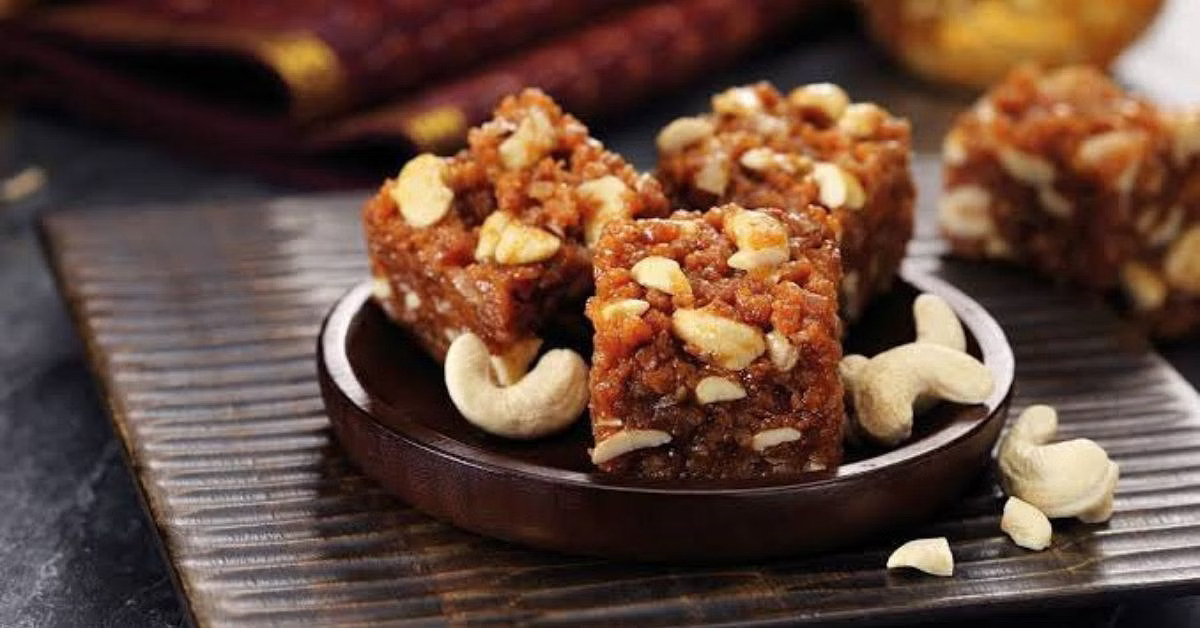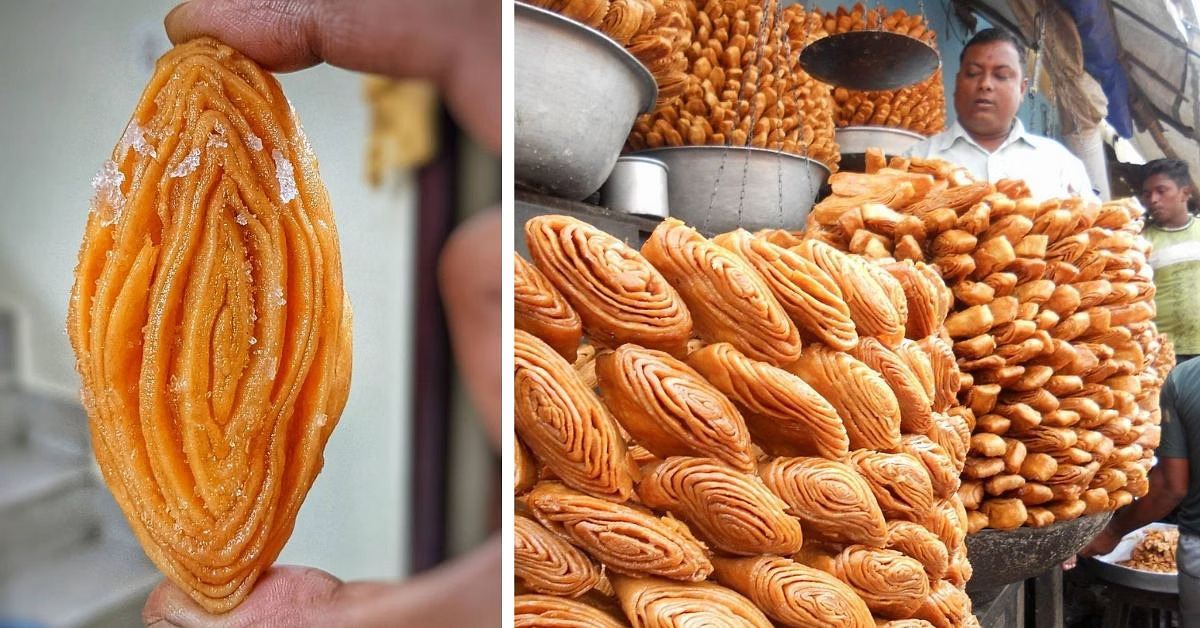Of Royalty, Legends & Lore: Origins & History Behind 10 Dishes That India Loves to Love
Whether it’s decadent desserts, rich curries, or lipsmacking snacks, it’s no secret that India has given the world some of its most iconic foods. We picked 10 historic favourites and the fascinating stories of how they came to be.

Think back to the last time you were served a dish so wonderfully prepared that you were taken aback for a second.
Food, as they say, evokes emotions unlike anything else. While the taste of a dish is left to the chef’s genius, what also adds to its flavour is its winding history through time. Every dish, you see, is the result of a story.
And today we bring you 10 such fascinating stories that have not just stood the test of time but have found love in palates across the globe.
1. Ratlami Sev and the Mughals
An interesting anecdote tells of how the Mughal emperors were on a tour of the Malwa region in the 19th century and began having some cravings. The unusual craving was to have some sevaiyan (a creamy pudding dessert traditionally consumed during Eid). Members of the local Bhil tribe were asked to prepare the dish with available ingredients, and the rest is history. The Bhils substituted the usual wheat in the sevaiyan recipe with gram flour and thus was born the culinary gem, the Ratlami Sev, which went on to get the coveted GI tag in 2015.
2. Gujiya and the Turks

You are no stranger to the baklava. The layered pastry dessert filled with chopped nuts and sweetened with honey tops many people’s list of favourites.
But to many it would come as a surprise that this Turkish dessert may actually be the ancestor of the gujiya, a traditional dish enjoyed at Holi. Historical lores suggest that people in the 13th century would mix jaggery in honey, cover the gooey mix with wheat flour and sun dry it to produce the famous sweet. Others suggest that it was the samosa that inspired the gujiya. Which theory do you support?
3. The fascinating tale of Nolen Gur

Come winter and out come the jars of jaggery, a common sight on the chequered dining tables of Indian homes. But all varieties of jaggery pale in comparison to the nolen gur, which is considered one of the healthiest.
The story of its origins date to as early as 4th century BC, when artisans known as ‘Siulis’ residing in Pundra Bardhan (now Bogra) in Bengal would extract the sap of the date palm tree to sell in markets. The extraction was no easy process and would involve a gritty feat of scaling the thorny date palm trees at night to cut the flower cluster at the end. Timing was of the essence as the minute the climate would turn humid, wet, or even rainy, the sap would begin to turn turbid. With time the artisans got better at their task and nolen gur became a staple in Bengal and throughout India.
4. Delhi & Chole Bhature: An unending love story
History can never forget the maker of the chole bhature. Peshori Lal Lamba not only gave the world this gastronomic delight, but also invented it amid the most challenging circumstances — the Partition of 1947.
Peshori was among the thousands who fled from his hometown in Lahore. He set up the Kwality restaurant in Connaught Place, Delhi after migrating here, and it was here that he served the first chole bhature. Other reports credit Sita Ram, the man behind the iconic Sita Ram Diwan Chand that serves “the world’s best chole”. Whatever the story of inception, Delhi and her love affair with the dish is a timeless one.
5. A wrestler’s attempt at Dodha Barfi

Amidst the many varieties of sweets that border the Indian mithai scene, there is one that spells ‘opulence’ in the way it is made and the flavour it has.
The barfi is synonymous with the king of mithais and for anyone wondering about its origins, it was serendipity that was the reason behind it. In 1912 wrestler Harbans Vig wanted to up the taste of his regular meals. He was tired of the monotonous ghee and milk that he would have to consume to retain his fitness and strength.
As the saying goes, necessity is the mother of invention, and so this need for an upgrade in the diet was met with him trying out a recipe of his own in 1912. A concoction of milk, cream, sugar and ghee rendered the barfi its delicious taste and of course, this satisfied Harbans cravings. The Royal Dodha House, the outlet that continues to manufacture barfis with the original recipe, is managed by the wrestler’s great-grandson.
6. Silao Khaja and the Mauryans

The crispy multilayered sweet made from wheat and sugar dates back to 320 BCE, when it is estimated originating during the Maurya dynasty in a small village called Silao that lies in between the ancient city Mithila and Nalanda of present-day Bihar. The location was a strategic one to make the sweet in, as wheat was the predominant crop found here at the time.
Accounts during the period narrate a story of Chinese traveller Hiuen Tsang commending the sweet on his visit to the ancient city of Mithila, while other reports tell of how Gautama Buddha too was served the GI-tagged sweet during his trip here.
7. Shah Jahan and the chutney
Admit it. No chaat, Indian snack or meal would be complete without the tanginess of chutney to accompany it. Ask any food connoisseur what goes into the chutney and the list is never exhaustive.
But how did such a versatile dish come into existence?
History tells us we have Shah Jahan to thank for it. In the 17th century, a bout of illness had the emperor being recommended a strict diet by the doctors. Their instructions were specific. The dish had to be spicy, full of flavour, and easy to digest. What helped Shah Jahan to recover, is today relished by countless Indians, making the chutney an unmissable element at the dining table.
8. Bebinca and what it had to do with patience
‘Bibik’ as it is popularly known as, is the result of Portuguese culinary skill coupled with the art of patience, owing to the time it takes to prepare.
In the 17th century, using egg whites to starch clothes was a common practice, leaving an excess of egg yolks behind. A nun in Goa Bebiana decided to put these to use in a creative way. The result was a seven-layered pudding that symbolised the seven hills of the old city of Goa and Lisbon. So loved was the dessert that the priests in Goa, who were the first tasters, asked for more layers to be added. The current version of the dessert has at least 16 layers, which essentially means that each layer must be painstakingly layered, lathered and baked 16 times!
9. The humble vada pav’s tale
If we asked you to put a date to the origin of the vada pav, you’d probably assume it came into being centuries ago. But turns out, that’s not quite true.
The year was 1966. Mumbaikar Ashok Vaidya would sell poha and vadas at his shop. But in spite of good sales and the popularity of these items he was always thinking of new snacks for the mill workers, who loved pocket-friendly quick meals. One day, driven by instinct, Ashok placed the deep-fried vada with a potato filling between pav and served it with chutney. The iconic vada pav was born and continues to be the identity of the maximum city.
10. Curry and its trip through time

From dhansak and korma to rogan josh, kuzhambu and vindaloo, curries have established their dominion in our hearts for years. The origins of this favourite were traced back to the 400-year-old Harappan civilisation by two archaeologists Arunima Kashyap and Steve Webber of Washington State University.
Their analysis of starch grains led to the identification of the world’s ‘oldest’ proto-curry from the shards of a handi (a clay pot).
The curry has, of course, been an ever-evolving dish with contributions from many different cultures influencing the first recipe that was published by a woman named Hannah Glasse in 1747. Since then the curry has travelled far and wide and evolved into the staple that it is today. If you found our stories insightful, informative, or even just enjoyable, we invite you to consider making a voluntary payment to support the work we do at The Better India. Your contribution helps us continue producing quality content that educates, inspires, and drives positive change. Choose one of the payment options below for your contribution- By paying for the stories you value, you directly contribute to sustaining our efforts focused on making a difference in the world. Together, let’s ensure that impactful stories continue to be told and shared, enriching lives and communities alike. Thank you for your support. Here are some frequently asked questions you might find helpful to know why you are contributing?

Edited by Divya Sethu
This story made me
-
97
-
121
-
89
-
167












